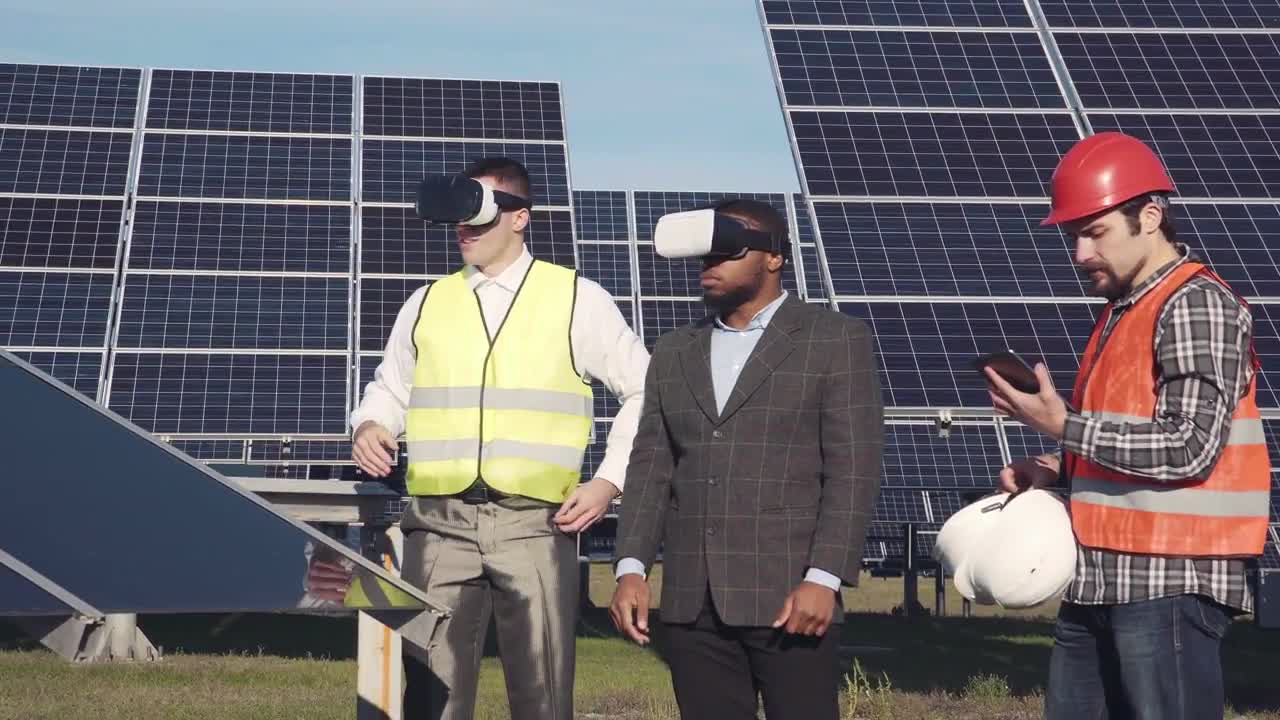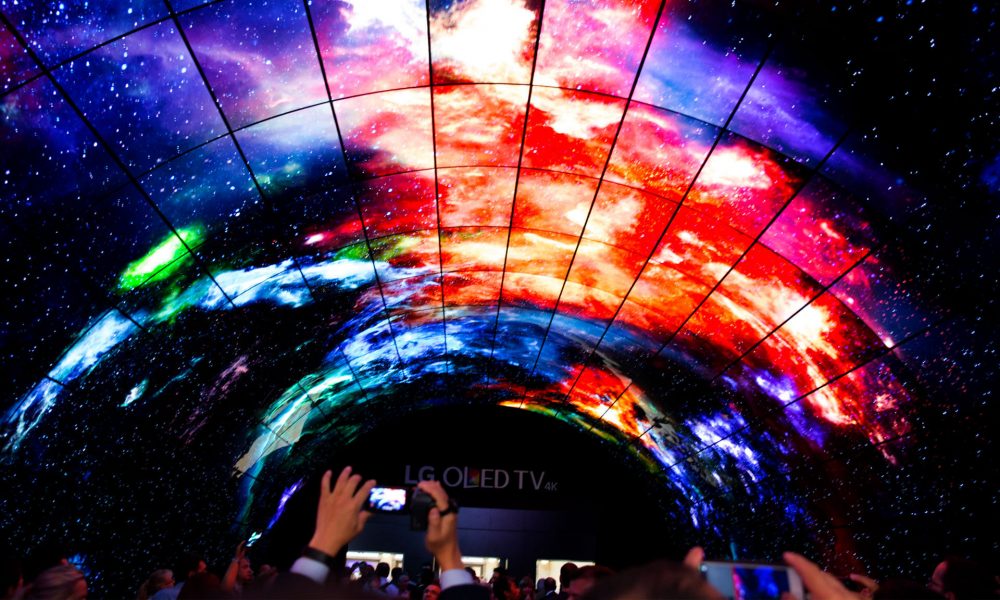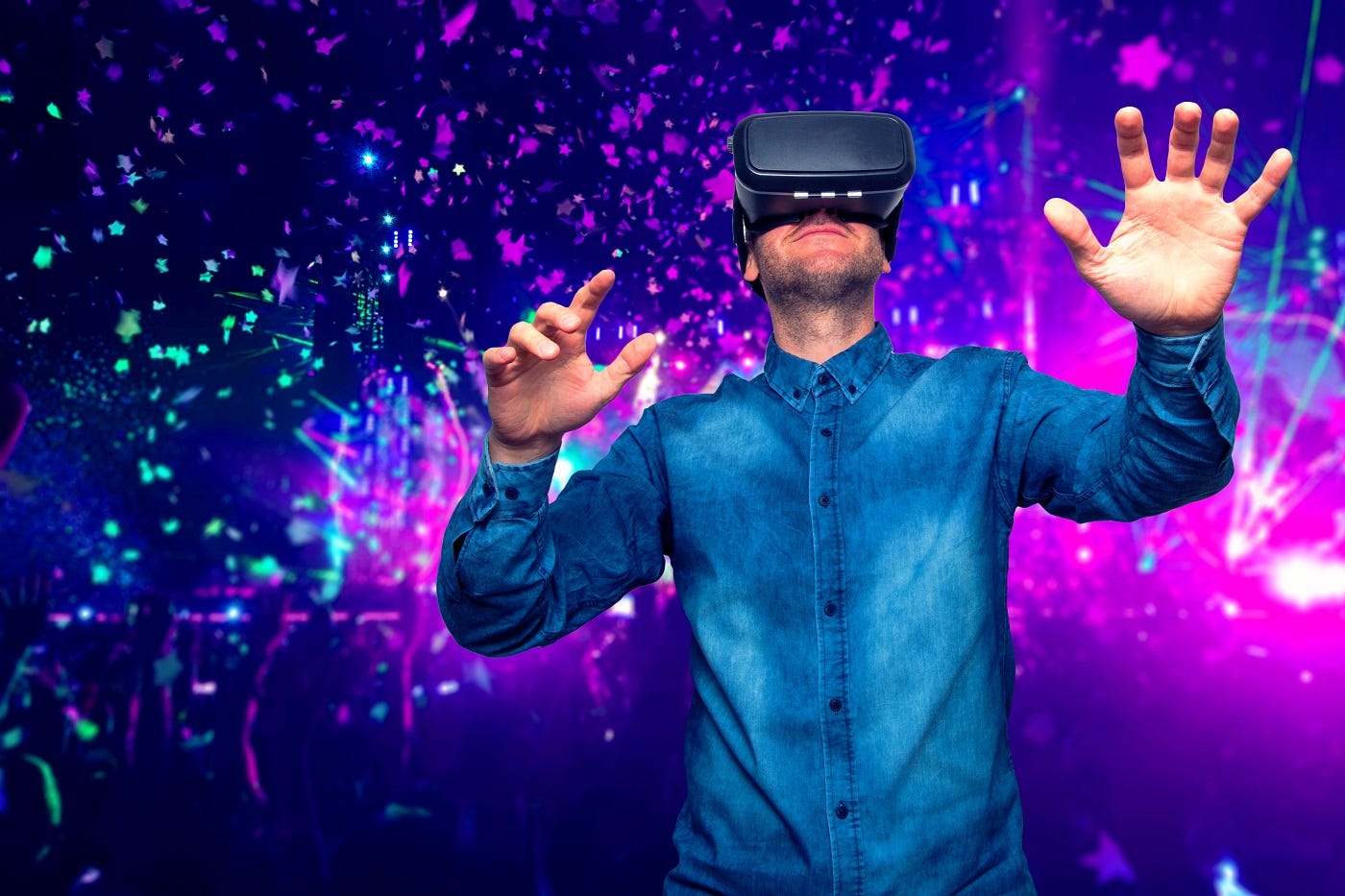Today, despite recent innovations that have improved virtual reality headsets, the weak point remains the low definition of the screens. It is for this reason that researchers at Stanford University have developed a virtual reality display based on technology for solar panels.
A virtual reality headset based on solar panel technology
Technological innovations keep bringing improvements in the world of virtual reality. However, the main weak point of virtual reality headsets remains to be the low quality of the image with a low definition of the screens.

It is in the face of this observation that researchers at Stanford University are developing a new organic light-emitting diode screen which would make it possible to resolve this low definition of screens. This OLED technology is the base developed for solar panels.
Organic light-emitting diode technology, which comes from the design of solar panels, used for virtual reality headsets would allow displays with unparalleled resolution. Indeed, this technology would provide a resolution that could reach 10,000 pixels per inch while even the latest smartphone does not exceed 476 pixels per inch.

Researchers are therefore trying to add this OLED technology from solar panels to the virtual reality headset in order to achieve a resolution of 10,000 pixels. This would make it possible to develop helmets with unparalleled realism.
This would represent a real breakthrough in the world of VR. For example, the development of all types of visual projects based on videos or stock photos could benefit from unparalleled realism. Especially since this technology could even be adopted for televisions and smartphones over time. However, for now, it will only be used for virtual reality headsets.
The explosive growth of the virtual reality market
Thanks to technological innovations, the virtual reality market continues to evolve over the years. The VR market is booming. It is true that according to the Statista research institute, in 2018, the market was estimated at $ 27 billion.
![]()
For the year 2020, the turnover could experience a meteoric growth of up to 209 billion dollars.
The field of video games is the most predominant in terms of investment and use in the world of VR.

However, other areas hold real promise as they increasingly use immersive technologies.


